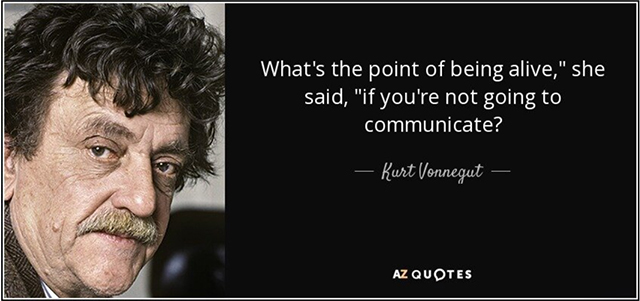We focus on the work, we focus on the teams, but we rarely focus on the individuals. What does an individual professional need to be fully engaged, enthusiastic, and ready to take on new challenges?
Think of five of those needs.
|
ADVERTISEMENT |
At the core of any needs you wrote down is bound to be information. Communication is how information is transferred. Whether it is clarity of mission, definitions of current work, feedback from previous work, availability of other team members, disposition of colleagues, satisfaction of customers... it’s all information, and that needs to be communicated.

We inform each other, we process together, we achieve.
Both agile and lean come packed with good options for how and when to communicate. There are huddles, kaizen events, retrospectives, work-grooming sessions, A3s, and so on. Lots of tools, predefined, sanctioned, and equally prone to success and failure.
In the initial article, I defined the first lens, communication, as:
…

Add new comment